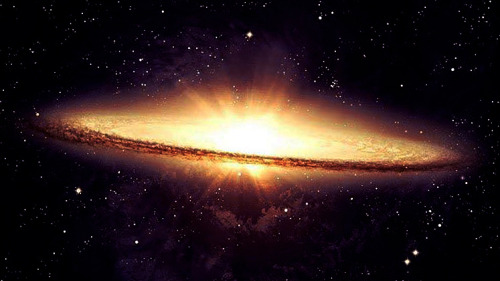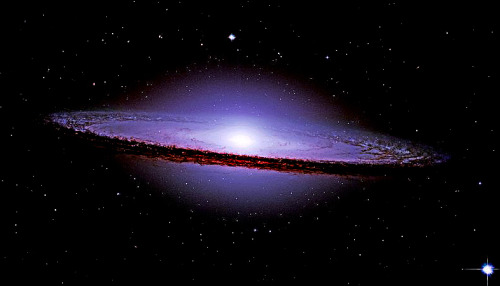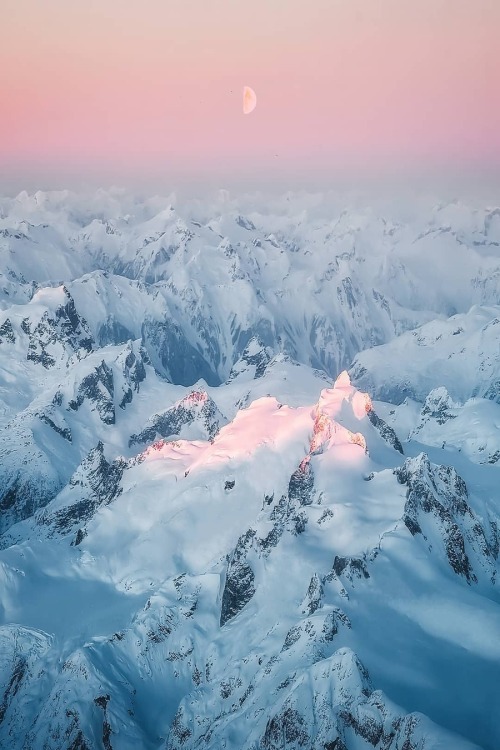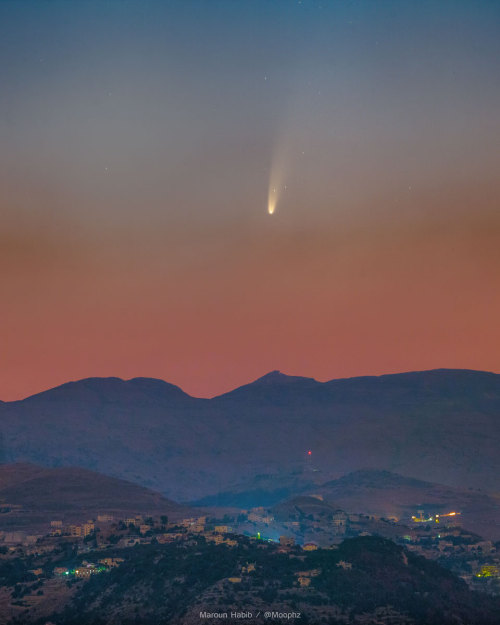Latest Posts by chbnb - Page 3

zebras that freely roam the hills
by Eric Houck

M42, Heart of Orion

Heart of the Scorpion
“There’s as many atoms in a single molecule of your DNA as there are stars in the typical galaxy. We are, each of us, a little universe.”
—
Neil deGrasse Tyson, Cosmos


Orion over Argentine Mountains : Do you recognize the constellation of Orion? It may be harder than usual in today’s featured image because the camera has zoomed in on the center, and the exposure is long enough to enhance nebulas beyond what the unaided human eye can see. Still, once you become oriented, you can see Orion’s three belt stars lined up vertically near the image center, and even locate the familiar Orion Nebula on the upper left. Famous faint features that are also visible include the dark Horsehead Nebula indentation near the image center, and the dusty Flame Nebula just to its right. Part of the Orion-encircling Barnard’s Loop can also be found on the far right. The image combines multiple sky-tracking shots of the background in different colors with a single static foreground exposure taken at twilight – all captured with the same camera and from the same location. The picturesque scene was captured early last year from mountains in San Juan, Argentina. via NASA






NGC7293 Helix/ God’s Eye Nebula




NGC6302 Butterfly Nebula



NGC2237, The Rosette Nebula




M104 Sombrero Galaxy

Source: Letstalkaboutspace.com

Gamma Cygni Region

星河坠落 By - 眯眼缄默

The Dark River to Antares : A dark river seems to flow through this sky from the horizon toward colorful clouds near red giant star Antares. Murky looking, the dark river is a dusty nebula obscuring background starlight near the central Milky Way, although the dark dust nebula contains mostly hydrogen molecular gas. Dust scattering starlight around Antares, alpha star of Scorpius, creates the unusual yellow-hued reflection nebula. Above it, bright blue double star Rho Ophiuchi is embedded in more typical dusty bluish reflection nebulae, with red emission nebulae also scattered through the interstellar space. Globular star cluster M4 looks almost like a bright star just above and right of Antares, though it lies far behind the colorful clouds, at a distance of some 7,000 light-years. The dark river itself is about 500 light years away. To create the startling night sky view, all background and foreground exposures were made back to back with the same camera and telephoto lens on the same night from the same location. In combination they produce a stunning image that reveals a range of brightness and color that your eye can’t quite perceive. Recorded in the early hours of January 31, the composite also captures Mars still near the eastern horizon and rising to join rival Antares on the celestial stage. Bright Mars and its watery reflection are left of a lonely tree in the Bosque del Apache National Wildlife Refuge, New Mexico, planet Earth. via NASA

Cygnus Wall

This is my first shot of Orion Nebula from home (Nice, France) on Nov 14th. Taken with C8 EdgeHD, Nikon D750, ISO6400,10s. My next step is to fine tune my mount tracking (was done in a rush), take longer exposures and stack several shots. Hopefully this week-end.

peak
by Matias Alonso Revelli

M104, Sombrero Galaxy

Juno’s Eighth Close Approach to Jupiter

Nois7 on Instagram

Hubble’s Crisp New Image of Jupiter and Europa by Hubble Space Telescope / ESA

Leading lines in the Alps of Switzerland | maxrivephotography

Needle In A Haystack
by Johnny Kim

caress of light by Maria Franca Perra

(by fameisficklefood)
remembering my wonderful stay in Quebec 1 year ago...

Focus on a small portion of the Milky Way, above Canadian forest, August 2019, showing North American nebula and part the Cygnus constellation. Taken with Nikon D750, 50mm, ISO1600, 10s. I did not have a tripod, it was tricky to keep the camera still.

I gave a try at shooting the sky above my new house around Nice, France. That's a 10s exposure. Quite satisfied as light pollution is not as bad as what I thought.

2020 July 16
The Long Tails of Comet NEOWISE Image Credit & Copyright: Petr Horalek
Explanation: This Comet NEOWISE (C/2020 F3) now sweeps through our fair planet’s northern skies. Its long tails stretch across this deep skyview from Suchy Vrch, Czech Republic. Recorded on the night of July 13/14, the composite of untracked foreground and tracked and filtered sky exposures teases out details in the comet’s tail not visible to the unaided eye. Faint structures extend to the top of the frame, over 20 degrees from the comet’s bright coma. Pushed out by the pressure of sunlight itself, the broad curve of the comet’s yellowish dust tail is easy to see by eye. But the fainter, more bluish tail is separate from the reflective comet dust. The fainter tail is an ion tail, formed as ions from the cometary coma are dragged outward by magnetic fields in the solar wind and fluoresce in the sunlight. Outbound NEOWISE is climbing higher in northern evening skies, coming closest to Earth on July 23rd.
∞ Source: apod.nasa.gov/apod/ap200716.html

2020 July 7
Comet NEOWISE over Lebanon Image Credit & Copyright: Maroun Habib (Moophz)
Explanation: A comet has suddenly become visible to the unaided eye. Comet C/2020 F3 (NEOWISE) was discovered in late March and brightened as it reached its closest approach to the Sun, inside the orbit of Mercury, late last week. The interplanetary iceberg survived solar heating, so far, and is now becoming closer to the Earth as it starts its long trek back to the outer Solar System. As Comet NEOWISE became one of the few naked-eye comets of the 21st Century, word spread quickly, and the comet has already been photographed behind many famous sites and cities around the globe. Featured, Comet NEOWISE was captured over Lebanon two days ago just before sunrise. The future brightness of Comet NEOWISE remains somewhat uncertain but the comet will likely continue to be findable not only in the early morning sky, but also next week in the early evening sky.
∞ Source: apod.nasa.gov/apod/ap200707.html

Galaxy NGC 2775
Photo Credit: NASA - Hubble Telescope





